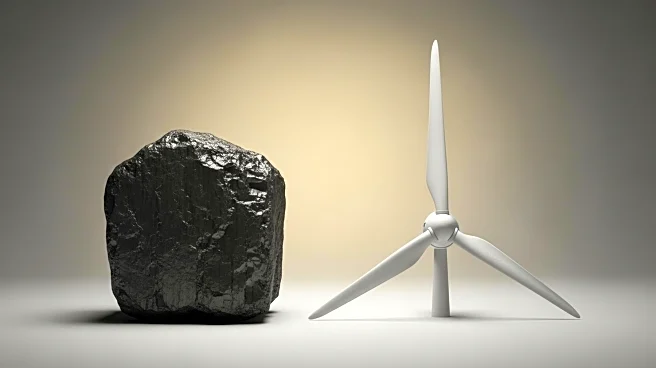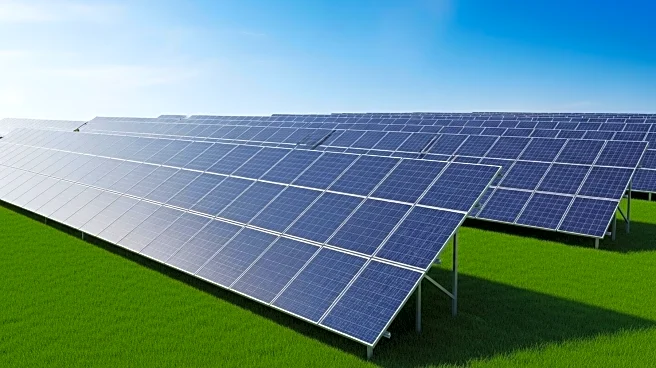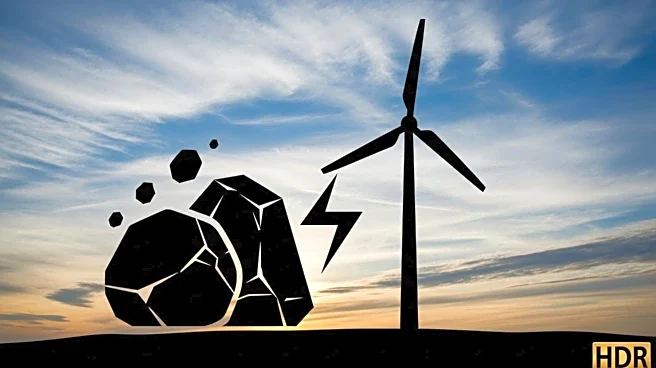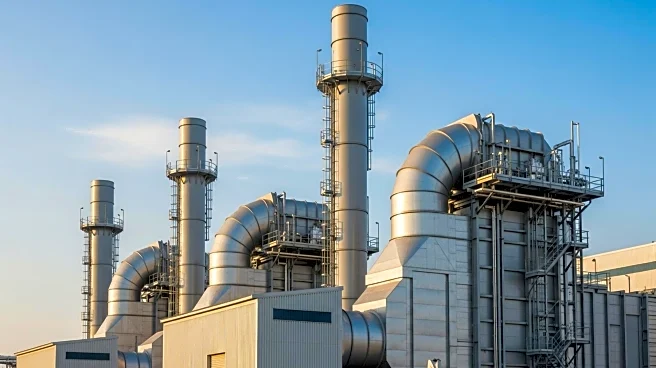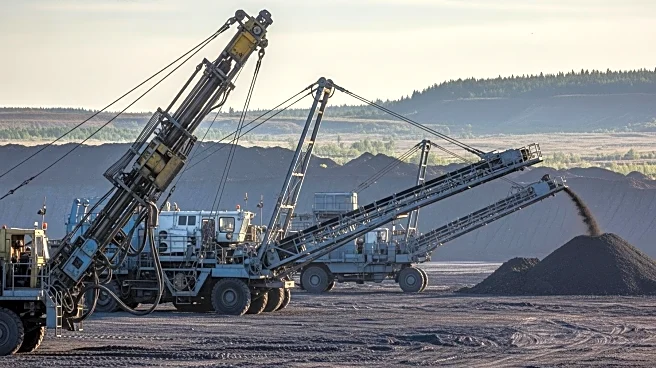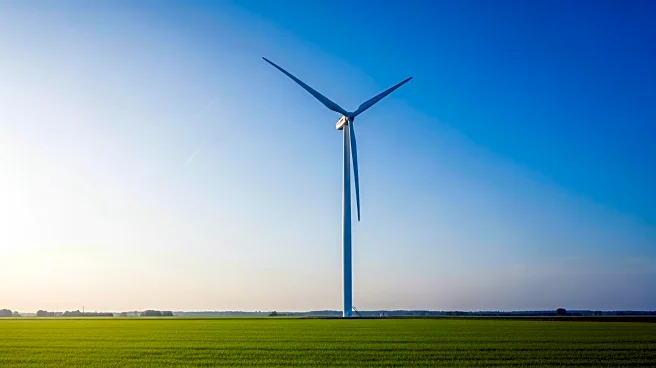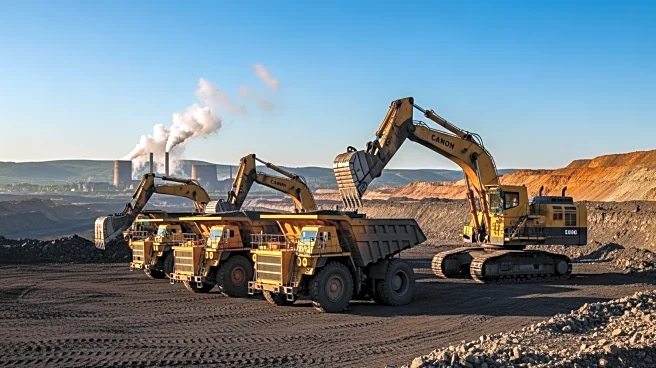What is the story about?
What's Happening?
In July, the U.S. added 18 MW of new coal capacity, surpassing wind additions, according to the Federal Energy Regulatory Commission (FERC). This development aligns with the Trump administration's focus on coal, gas, and oil, with $625 million allocated for coal plant retrofitting. Despite this, solar energy led capacity additions with 1.18 GW. FERC forecasts significant solar and wind growth, with 92.6 GW and 22.6 GW respectively, by 2028. However, coal capacity is expected to retire, reflecting a complex energy landscape.
Why It's Important?
The prioritization of coal under the current administration highlights ongoing debates about energy policy and environmental impact. While solar and wind continue to grow, the coal industry's temporary resurgence raises questions about long-term sustainability and climate goals. The energy sector's evolution affects economic stakeholders, including utility companies and renewable energy advocates, influencing investment strategies and regulatory frameworks.
What's Next?
FERC's projections suggest continued growth in solar and wind, with potential retirements in coal and natural gas capacity. The energy policy landscape may shift with future administrations, impacting infrastructure development and environmental regulations. Stakeholders will need to navigate these changes, balancing economic interests with environmental responsibilities.
Beyond the Headlines
The energy transition poses ethical and environmental challenges, as stakeholders weigh economic benefits against climate impacts. The focus on coal may delay progress towards cleaner energy solutions, affecting global climate commitments and public health. Long-term shifts in energy policy could redefine the U.S.'s role in global energy markets.
AI Generated Content
Do you find this article useful?
